In the realm of fine art, abstract paintings stand out for their ability to evoke deep emotions and provoke thought through vibrant colors and dynamic compositions. This article explores the most expensive abstract paintings ever sold, a testament to the profound impact and lasting appeal of this art form. Join us as we delve into the stories behind these captivating masterpieces and discover what makes them worth such extraordinary amounts.
No. 5, 1948 by Jackson Pollock

This iconic drip painting by Jackson Pollock, “No. 5, 1948,” features a complex interweaving of drizzled yellow, brown, and gray paint, creating a dense jungle of lines and forms on a fiberboard measuring 8′ x 4′. In November 2006, this piece became one of the most expensive paintings ever sold, fetching a price of approximately $140 million. The sale epitomized the peak of the market for American abstract expressionism, reflecting Pollock’s profound impact on the art movement.
Interchange by Willem de Kooning
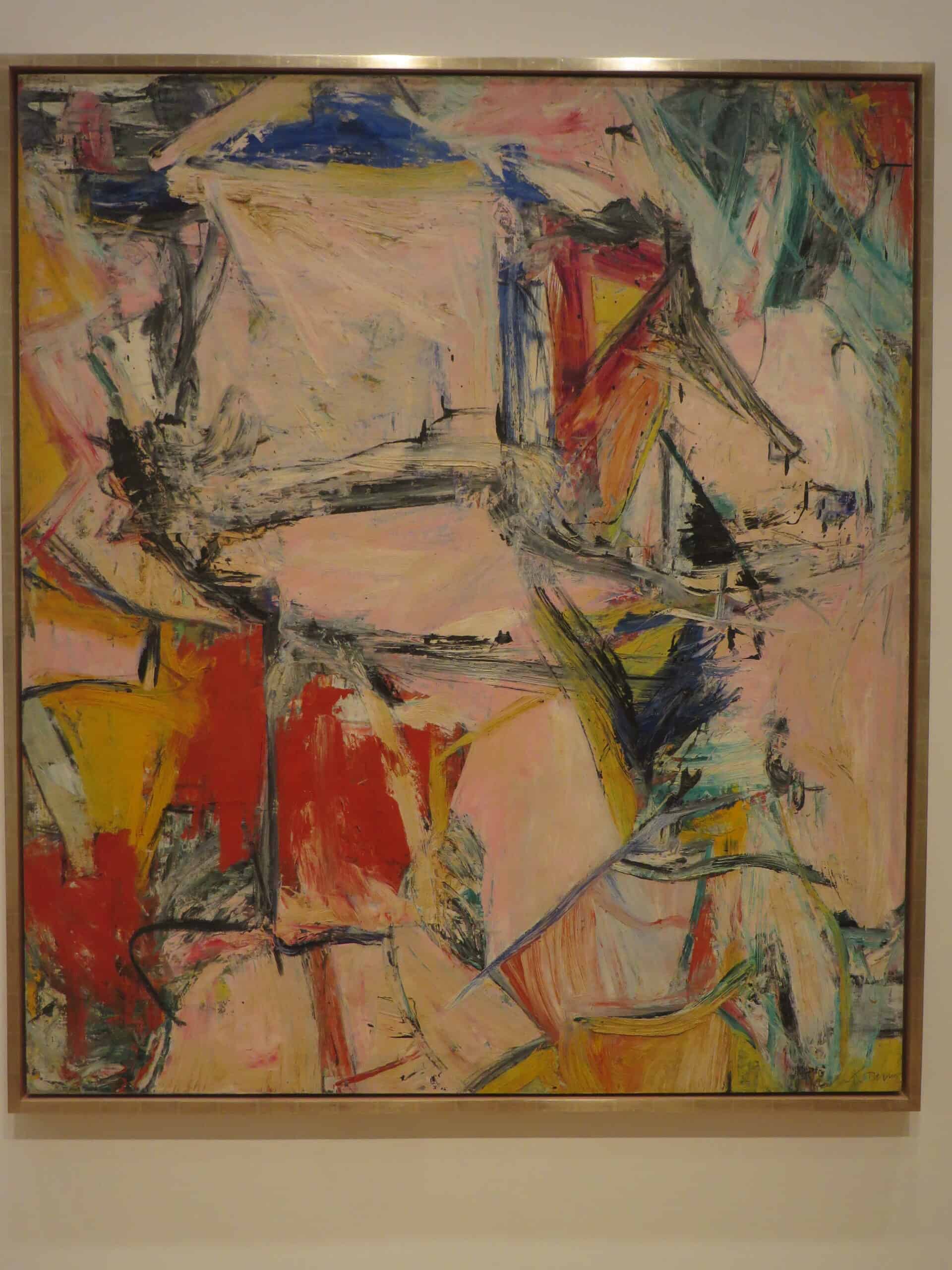
Willem de Kooning’s “Interchange,” a vividly colorful and dynamic abstract expressionist painting, was sold in September 2015 for $300 million. The work, dating from 1955, represents de Kooning’s shift from figuration to abstraction and is noted for its rich layering of paint and sweeping brushstrokes. This sale marked one of the highest prices ever paid for an artwork, underscoring de Kooning’s importance in the post-war art world.
Number 17A by Jackson Pollock
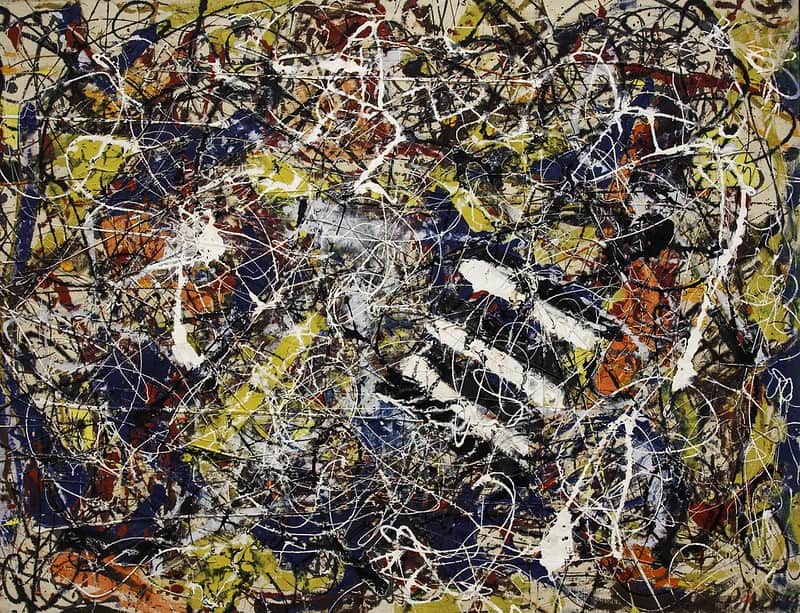
Another masterpiece by Jackson Pollock, “Number 17A,” follows his signature drip-paint technique, where he used sticks and syringes to splatter paint across the canvas. Created in 1948, this painting was sold for around $200 million in a private sale in 2015, alongside de Kooning’s “Interchange.” The artwork is renowned for its vibrant energy and complex composition, showcasing Pollock’s revolutionary approach to abstraction.
Les Femmes d’Alger (Version ‘O’) by Pablo Picasso
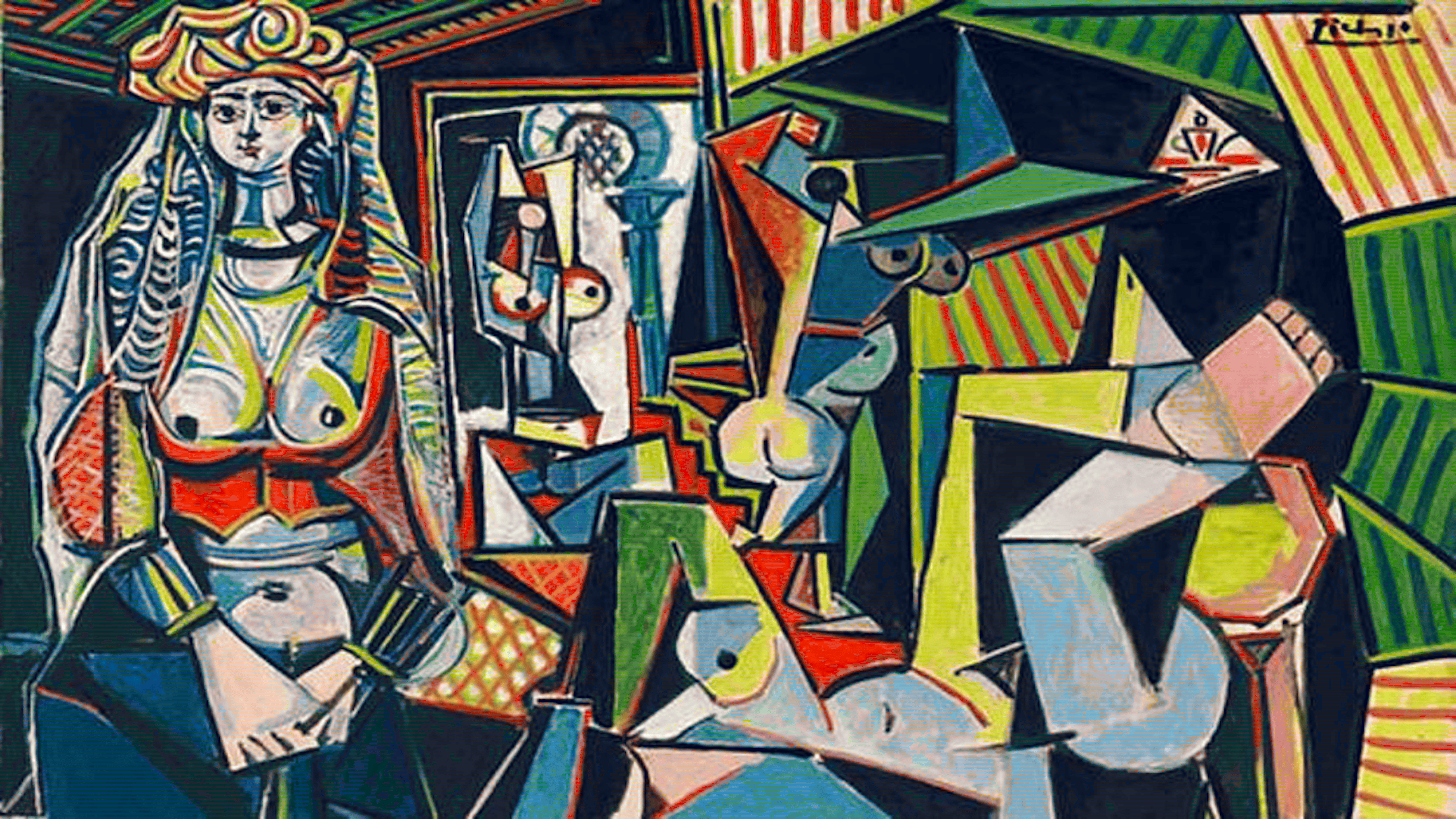
Although not purely abstract, Picasso’s “Les Femmes d’Alger (Version ‘O’)” features elements of cubism and abstraction. This painting, which is part of a series that Picasso created from 1954 to 1955, was sold for $179.4 million in May 2015. The work is inspired by the women of Algiers and is noted for its rich palette and fragmented cubist aesthetic, making it one of the most iconic and expensive paintings in the history of art.
Orange, Red, Yellow by Mark Rothko
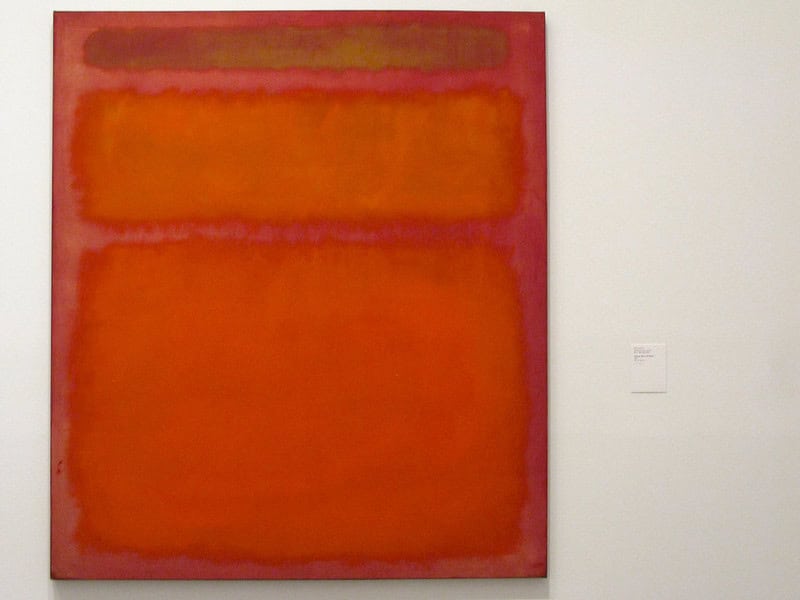
In May 2012, Mark Rothko’s painting “Orange, Red, Yellow” (1961) was sold for approximately $86.9 million, setting a new record at that time for any contemporary work at auction. This painting is renowned for its vibrant color blocks with blurred edges, typical of Rothko’s signature style that aims to evoke complex human emotions through simple forms and colors. The painting’s impressive price reflects Rothko’s enduring influence on abstract expressionism.
Concetto Spaziale, Attese by Lucio Fontana
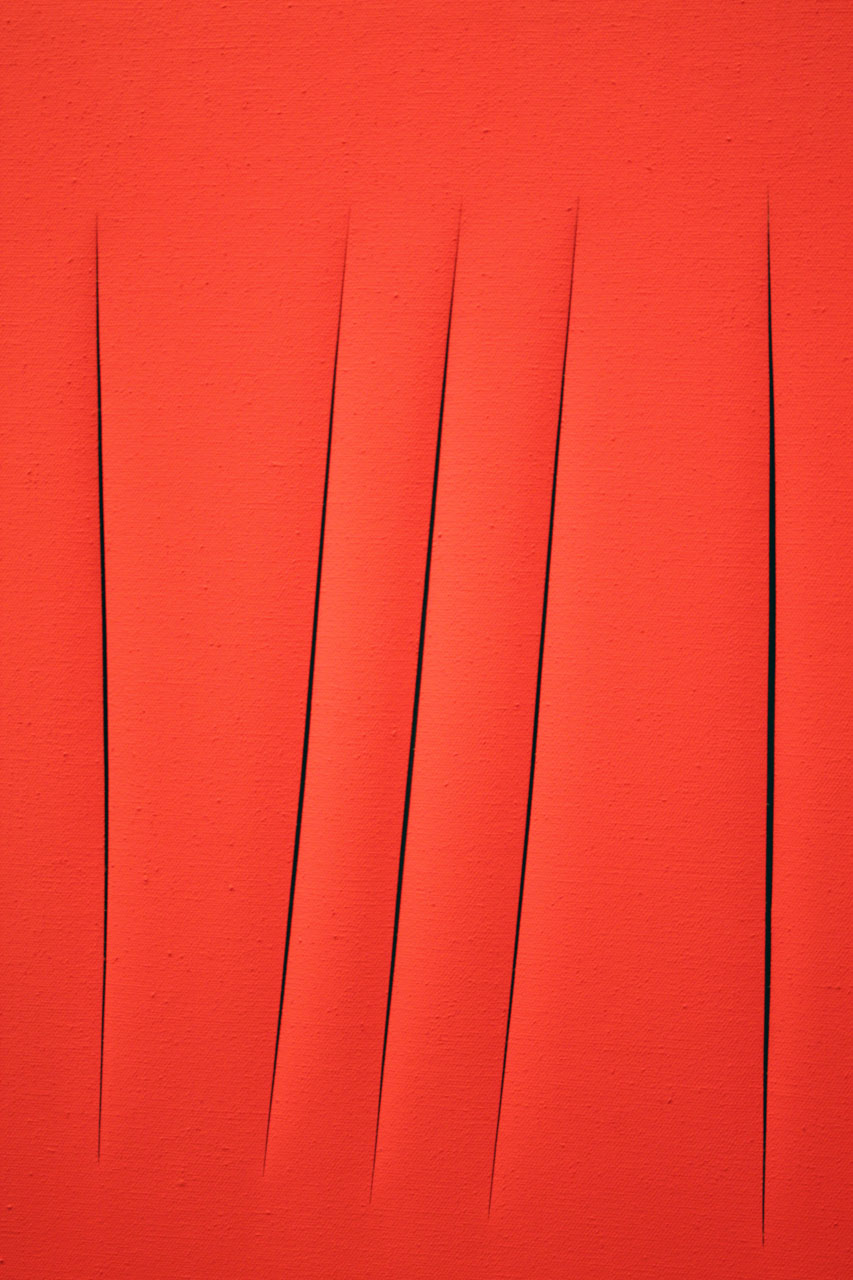
Lucio Fontana’s “Concetto Spaziale, Attese” series involves simple yet radical slashes on monochrome canvases which embody his Spatialism theory, where the canvas is conceived as a dimensional space rather than a flat surface. One of his works from this series sold for $16.2 million in 2015, illustrating the shift in modern art towards conceptual and spatial use of materials.
No. 11 (Untitled) by Mark Rothko
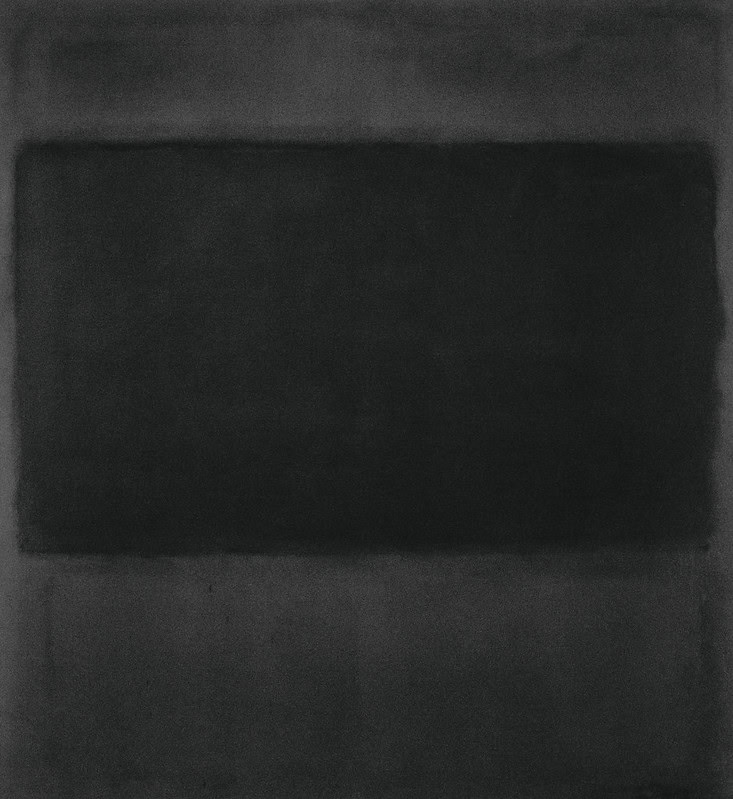
This piece by Mark Rothko, often referred to simply by its colors “Untitled, 1957” or “No. 11,” features his characteristic soft, rectangular forms floating against a contrasting background. It sold for $46.5 million in 2015. The painting’s deep blues and rich greens invite a contemplative engagement, typical of Rothko’s most revered works.
Elegy to the Spanish Republic No. 110 by Robert Motherwell

A prime example of Robert Motherwell’s “Elegy to the Spanish Republic” series, No. 110, combines black and white bold strokes against a muted background. This painting, which sold for $12.7 million in 2019, embodies Motherwell’s thematic focus on the Spanish Civil War, expressing his contemplation and mourning through abstract forms.
Untitled by Cy Twombly

One of Cy Twombly’s “Blackboard” paintings, created with loops of white on a dark grey background—mimicking chalk on a blackboard—sold for $70.5 million in 2015. This artwork is part of a series where Twombly explored the themes of cyclical motion and surface texture, demonstrating a lyrical and almost calligraphic approach to painting.
Blood Red Mirror by Gerhard Richter
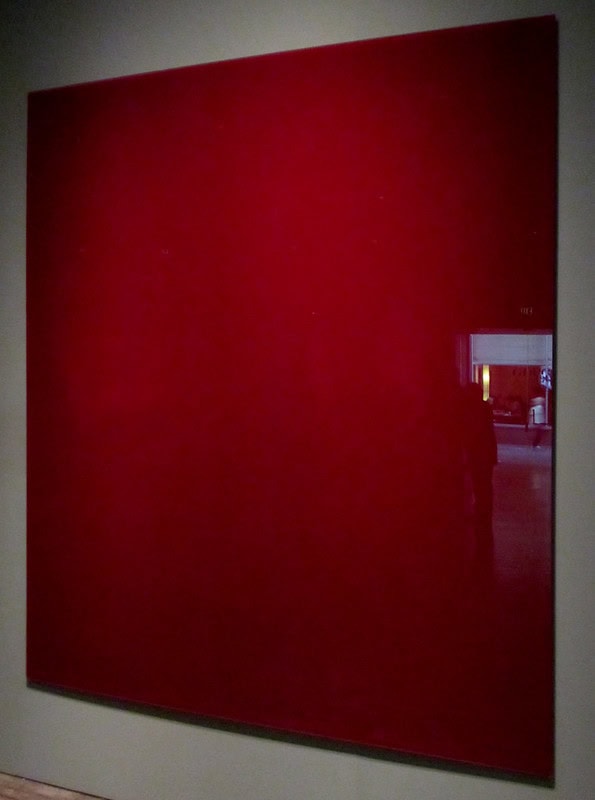
Gerhard Richter’s “Blood Red Mirror,” featuring a glossy, reflective red surface that challenges the notion of space and perception, sold for approximately $1.1 million in 2018. This piece is part of Richter’s Mirrors series, where the use of glass and mirror elements comments on the role of the viewer and the environment in the interpretation of art.
Number 19, 1948 by Jackson Pollock
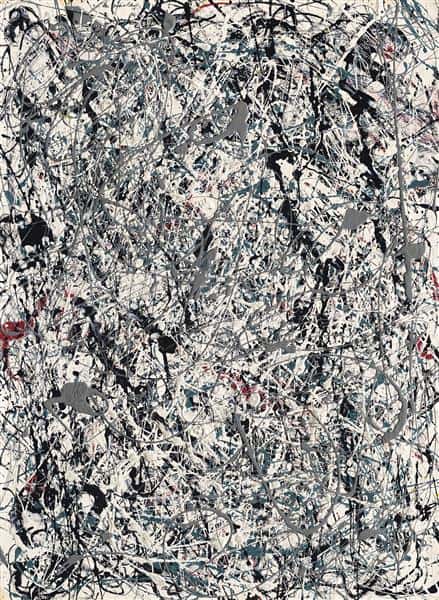
Another of Jackson Pollock’s classic drip paintings, “Number 19, 1948,” features a frenetic, energetic overlay of silver, black, white, red, and green drips, embodying the chaos and vitality of his painting style. This work was sold for $58.4 million in 2013, highlighting Pollock’s critical role in the abstract expressionist movement.
This article originally appeared on Rarest.or
More from Rarest.org
15 Rarest Metals in the World
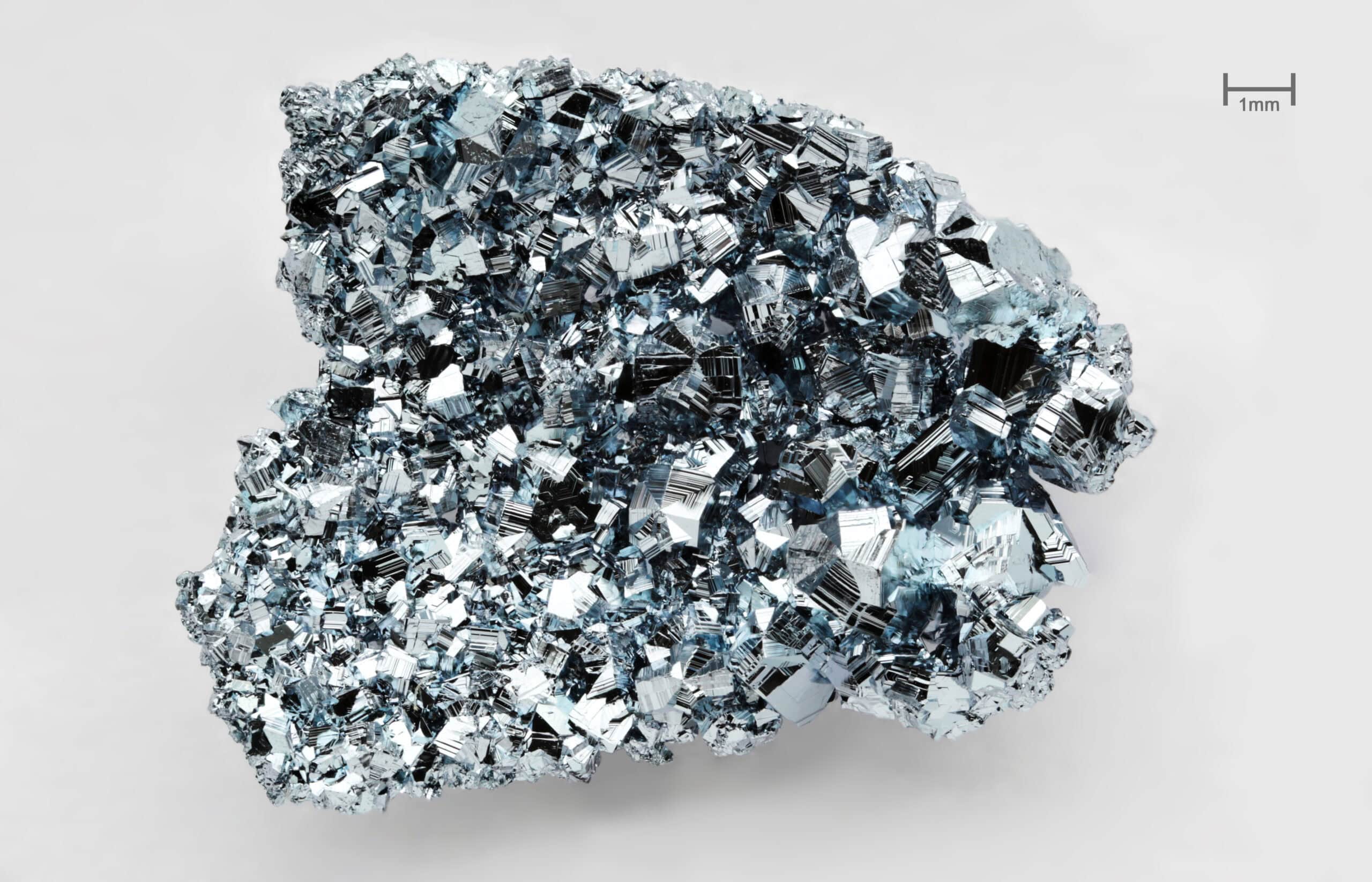
In the realm of materials science and industry, certain metals stand out for their rarity, unique properties, and crucial roles in various technological advancements. Read More
1960 Lincoln Penny Value Guide
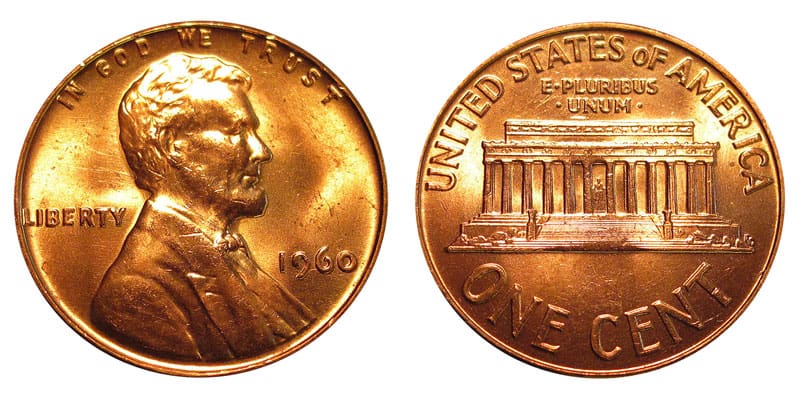
The 1960 penny is a 1-cent coin produced by the US Mint in 1960. As a 60-plus-year-old coin, the 1960 penny is quite popular among collectors. Read More
10 Rarest Crystals in the World
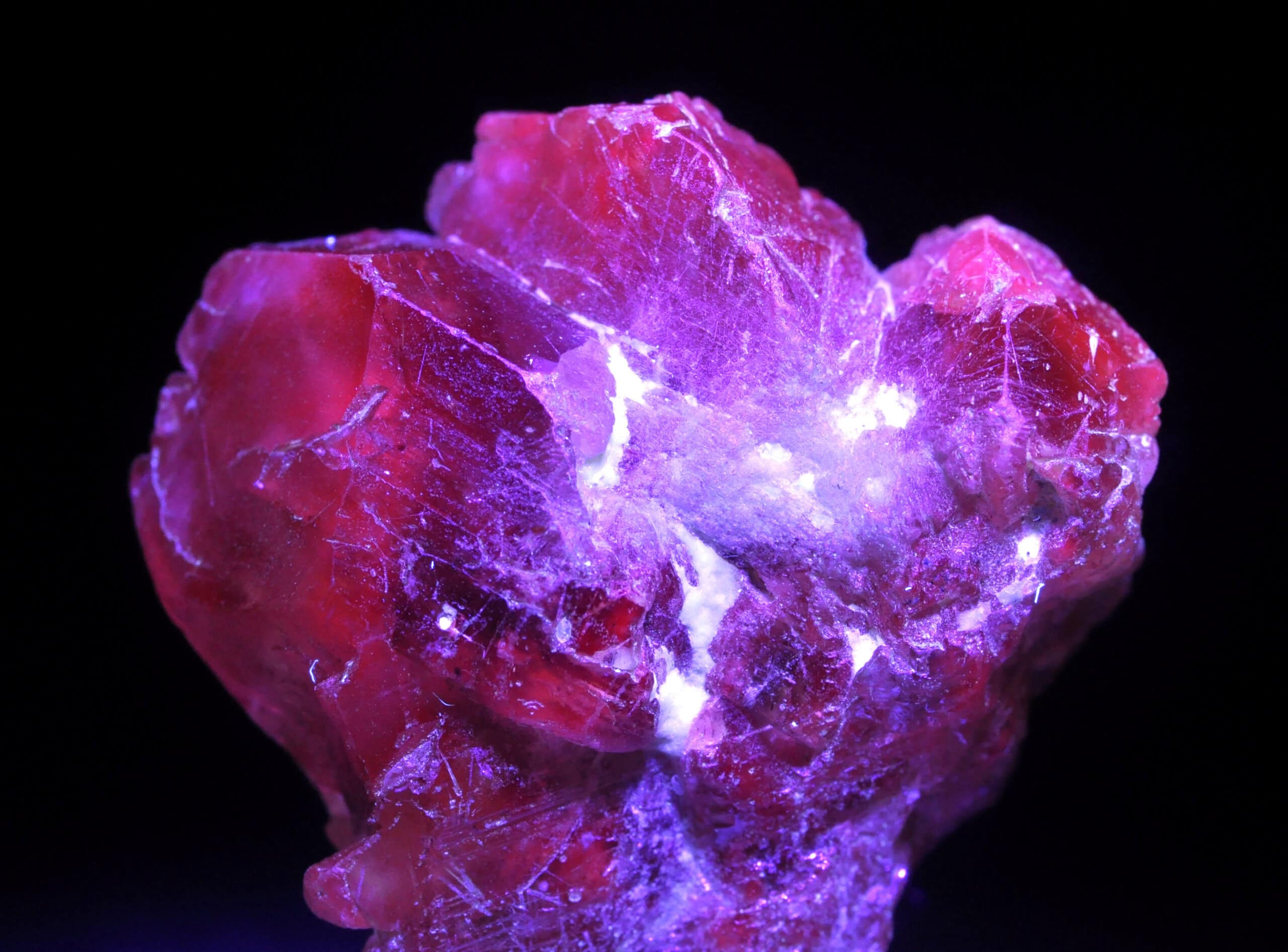
Crystals are some of the most widely collected items in the world because of their beauty. In recent years, crystal collecting has also increased in popularity because of the rise of alternative medicine. Read More
